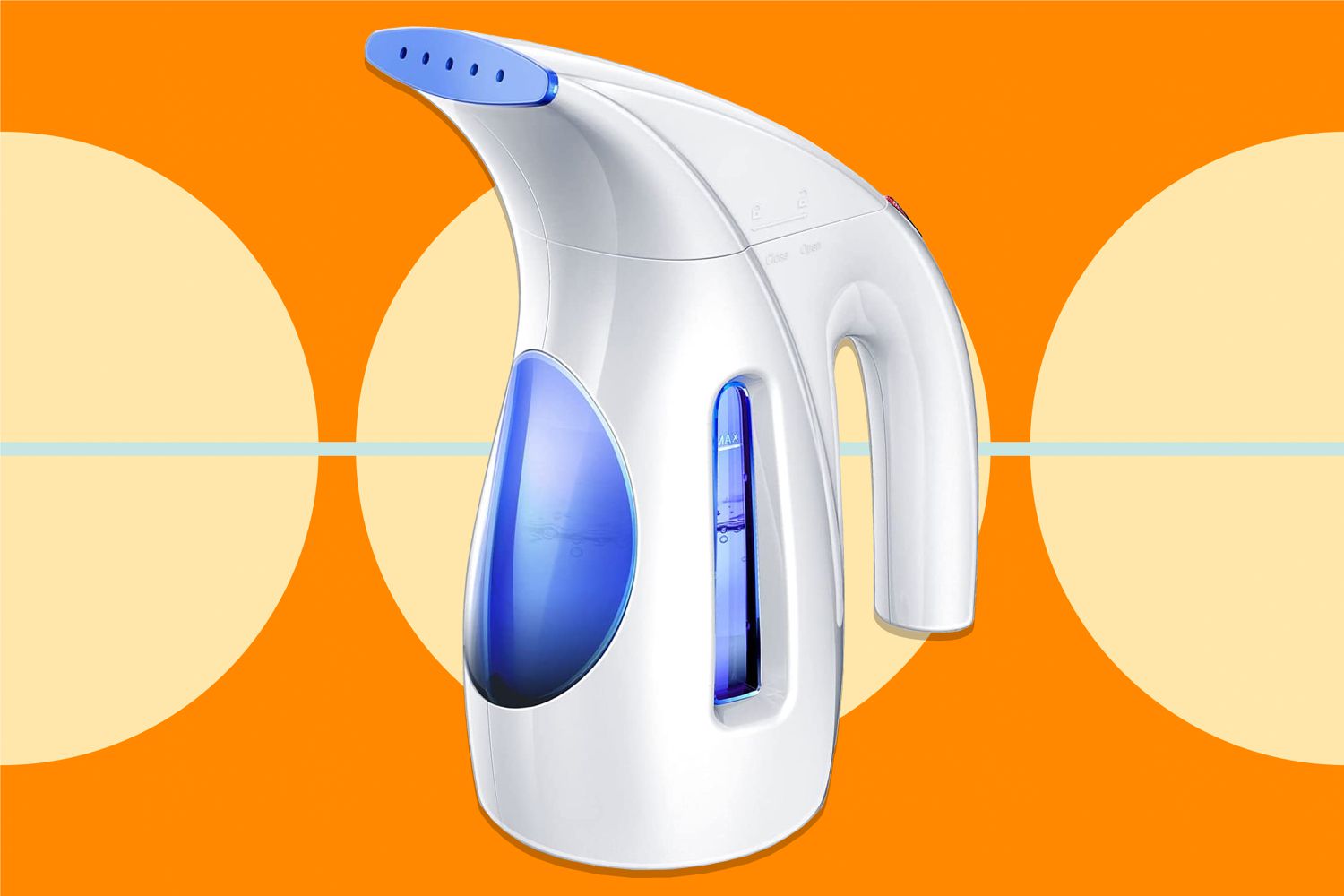

Articles
How To Use A Hand Steamer
Modified: September 1, 2024
Discover the best articles on how to use a hand steamer for effortless wrinkle removal and garment care. Unlock professional tips and tricks now!
(Many of the links in this article redirect to a specific reviewed product. Your purchase of these products through affiliate links helps to generate commission for Storables.com, at no extra cost. Learn more)
Introduction
Welcome to the world of garment care! In today’s fast-paced world, handheld steamers have become a popular tool for keeping our clothes wrinkle-free and our fabrics looking their best. Gone are the days of ironing boards and heavy irons; now, with the help of a hand steamer, you can easily remove wrinkles and refresh your garments with ease.
In this article, we will guide you through the journey of using a hand steamer effectively. We’ll explore the benefits of using a hand steamer, how to choose the right one for your needs, and provide step-by-step instructions on preparing and using your steamer for different types of fabrics. Whether you’re a seasoned steamer or a beginner looking to delve into the world of wrinkle-free clothing, this article has got you covered.
So sit back, relax, and let’s dive into the wonderful world of hand steamers.
Key Takeaways:
- Say goodbye to traditional irons and embrace the convenience of hand steamers! From gentle fabric care to versatile wrinkle removal, hand steamers offer quick, efficient, and time-saving garment maintenance.
- Master the art of steaming with a hand steamer! From choosing the right one to effectively removing wrinkles from various fabrics, upholstery, and curtains, you’re equipped to maintain a wrinkle-free wardrobe and home.
Read more: How To Clean Hand Steamer
Benefits of Using a Hand Steamer
Hand steamers offer numerous benefits over traditional irons, making them a popular choice for garment care. Here are some of the advantages of using a hand steamer:
- Gentle on Fabrics: Unlike irons, hand steamers provide a gentle steam that helps to relax the fibers of the fabric without causing any damage. This makes them suitable for delicate fabrics like silk, chiffon, and lace.
- Quick and Convenient: Hand steamers heat up rapidly, allowing you to start steaming in just a few minutes. They also eliminate the need for bulky ironing boards, making them a convenient option for travelers or those with limited storage space.
- Efficient Wrinkle Removal: Hand steamers effectively remove wrinkles from clothing, even in difficult-to-reach areas. The steam penetrates the fabric, causing the fibers to relax and release the wrinkles, leaving your garments looking smooth and presentable.
- Versatility: Hand steamers are not limited to garments alone. They can also be used to steam upholstery, curtains, and even remove wrinkles from drapes without taking them down. This versatility makes hand steamers a valuable tool for maintaining the overall appearance of your home.
- Time-saving: With a hand steamer, you can steam garments right on the hanger, eliminating the need to set up an ironing board and continuously adjust clothing. This saves you time and effort, especially when dealing with large batches of laundry.
- Kills Germs and Reduces Odors: Steam has natural sanitizing properties, making hand steamers effective in killing germs and bacteria that may be present on clothing or upholstery. Additionally, the steam can help eliminate odors, leaving your fabrics fresh and clean.
These benefits make hand steamers a valuable tool for anyone who wants to maintain the appearance of their garments and home textiles conveniently and effectively. Now that you understand the advantages of using a hand steamer, let’s move on to choosing the right one for your needs.
Choosing the Right Hand Steamer
When it comes to choosing a hand steamer, there are a few key factors to consider. Here’s a guide to help you find the right one for your needs:
- Steamer Size and Weight: Look for a hand steamer that is compact and lightweight, making it easy to hold and maneuver. This is especially important if you plan on using it frequently or when traveling.
- Water Tank Capacity: Consider the size of the water tank in the steamer. A larger water tank will allow for longer steaming sessions without the need for frequent refills, while a smaller tank may be more suitable for occasional use.
- Steam Output: Check the steam output of the hand steamer. A higher steam output will result in quicker and more effective wrinkle removal. Look for a steamer that offers continuous steam for a consistent flow throughout your steaming session.
- Heat-up Time: Look for a hand steamer that heats up quickly, typically within 1-2 minutes. This will save you time and allow you to start steaming your garments without delay.
- Attachments and Accessories: Consider the attachments and accessories that come with the hand steamer. Look for features like a fabric brush attachment for better wrinkle removal, a crease tool for creating sharp lines, and a lint brush for removing lint and pet hair from fabrics.
- Power Source: Decide whether you prefer a corded or cordless hand steamer. A corded steamer provides continuous power, while a cordless steamer offers more flexibility but may have a limited runtime.
- Reviews and Ratings: Research and read reviews from other users to get an idea of the steamer’s performance, durability, and reliability. This will give you valuable insights from real users and help you make an informed decision.
- Budget: Lastly, consider your budget. Hand steamers come in a range of prices, so determine your budget and look for a steamer that offers good value for money.
By considering these factors, you can find a hand steamer that meets your specific requirements and ensures a smooth steaming experience. Now that you’ve chosen the right hand steamer, let’s move on to preparing it for use.
Preparing the Hand Steamer for Use
Before you start steaming your garments, it’s important to properly prepare your hand steamer for use. Follow these steps to ensure a smooth and effective steaming session:
- Read the Instruction Manual: Familiarize yourself with the instructions provided by the manufacturer. This will ensure that you understand the specific features and functions of your hand steamer.
- Fill the Water Tank: Remove the water tank from the steamer and fill it with clean, cold water. Be sure not to overfill the tank and follow the manufacturer’s guidelines for proper water levels.
- Heat Up the Steamer: Plug in the steamer and turn it on. Allow the steamer to heat up for the recommended amount of time, usually around 1-2 minutes. Some steamers may have an indicator light that turns on when the steamer is ready for use.
- Attach Accessories: If your hand steamer comes with attachments, such as a fabric brush or crease tool, securely attach them according to the manufacturer’s instructions. These attachments can enhance the steaming process for different types of fabrics and specific areas of clothing.
- Test Steam: Before using the hand steamer on your garments, it’s a good idea to test the steam on a small, inconspicuous area of a fabric. This ensures that there are no issues with the steamer and allows you to observe how the fabric reacts to the steam.
- Check the Steam Output: Evaluate the steam output of the hand steamer. If the steam is weak or inconsistent, check if there are any clogs in the nozzle or water tank. Clean or unclog them if necessary to ensure a smooth steam flow.
- Prepare Your Garments: Hang or lay out the garments you wish to steam. Smooth out any major wrinkles or folds to facilitate the steaming process. If needed, you can also lightly mist the garments with water to help relax the fibers.
Following these preparation steps will help you achieve optimal results when using your hand steamer. With your steamer ready, it’s time to explore the different types of fabrics you can steam and how to effectively remove wrinkles from clothing. Let’s dive in!
Steaming Different Types of Fabrics
A hand steamer is a versatile tool that can be used on a wide range of fabrics. Understanding how to steam different types of fabrics will ensure you achieve the best results while protecting the integrity of the material. Here’s a guide on steaming common fabric types:
- Cotton: Cotton is a durable fabric that responds well to steaming. Hold the steamer a few inches away from the fabric and move it up and down in sweeping motions to remove wrinkles. For stubborn wrinkles, hold the steamer directly against the fabric for a few seconds.
- Silk: Silk is a delicate fabric that requires gentle steaming. Hold the steamer a few inches away from the fabric and move it over the surface in a smooth motion. Avoid letting the steamer linger in one spot for too long, as excessive heat can damage silk.
- Wool: Wool can be steamed, but it’s important to use caution to prevent damage. Hold the steamer a few inches away from the fabric, and use a gentle touch. Avoid applying too much pressure or excessive steam directly to wool, as it can cause stretching or distortion.
- Polyester: Polyester is a synthetic fabric that responds well to steaming. Hold the steamer a few inches away from the fabric and move it in smooth motions to remove wrinkles. Polyester is heat-resistant, so you can use a higher steam setting if needed.
- Linen: Linen is a natural fabric that is prone to wrinkles. Hold the steamer a few inches away from the fabric and move it up and down in sweeping motions to remove wrinkles. For stubborn wrinkles, hold the steamer directly against the fabric for a few seconds and then smooth out the fabric with your hands.
- Delicate Fabrics: Delicate fabrics like lace, chiffon, and organza require extra care when steaming. Hold the steamer further away from these fabrics to ensure gentle steam. Additionally, it’s advisable to place a thin cloth or towel over delicate fabrics before steaming to provide an extra layer of protection.
When steaming fabrics, it’s important to remember that different fabrics may require varying levels of steam and time to remove wrinkles effectively. Always check the manufacturer’s care instructions for individual garments before steaming and perform a test on a small area to ensure compatibility. With the knowledge of steaming different fabric types, you’re now ready to tackle those stubborn wrinkles on your clothing. Let’s move on to the next section.
When using a hand steamer, always start with the lowest setting and gradually increase the heat as needed. This will help prevent any accidental damage to delicate fabrics.
Read more: How To Use A Steamer
Removing Wrinkles from Clothing
One of the primary purposes of a hand steamer is to remove wrinkles from clothing efficiently. Here’s a step-by-step process to help you achieve wrinkle-free garments:
- Hang the Garment: Start by hanging the garment on a sturdy hanger. This allows you to work on one section at a time without the fabric touching any surfaces.
- Prep the Steamer: Ensure your hand steamer is filled with water and properly heated up. Attach any accessory that might enhance the steaming process, such as the fabric brush or crease tool.
- Begin Steaming: Hold the steamer a few inches away from the fabric and start steaming the garment from top to bottom. Move the steamer in an up and down or side to side motion, allowing the steam to penetrate the fabric and relax the wrinkles.
- Focus on Troublesome Areas: For areas with stubborn wrinkles, hold the steamer directly against the fabric for a few seconds to apply more concentrated steam. Use your free hand to gently pull and smooth the fabric as you steam to further aid in wrinkle removal.
- Smooth as You Go: While steaming, use your free hand to gently smooth out the fabric, ensuring that the wrinkles dissipate. This is especially important for larger garments, such as dresses or pants, to ensure consistent and even steaming throughout.
- Pay Attention to Details: Don’t forget to steam collars, cuffs, and other smaller details. Use the steamer’s precision tip or a crease tool to target specific areas and achieve crisp lines.
- Allow the Garment to Dry: After steaming, allow the garment to dry completely before wearing or storing it. Hang it up to air dry naturally, and make sure it is fully dry to avoid any moisture damage.
It’s important to note that some fabrics may require multiple passes with the steamer to completely remove stubborn wrinkles. Additionally, thicker fabrics may benefit from steaming on both sides of the garment for more effective results. With practice, you’ll develop your technique and be able to efficiently remove wrinkles from your clothing.
Now that you’ve mastered the art of removing wrinkles, let’s explore how your hand steamer can be handy for other household items like upholstery and curtains.
Steaming Upholstery and Curtains
Hand steamers are not just for clothing; they can also be incredibly useful for freshening up and removing wrinkles from upholstery and curtains. Here’s a guide on how to use your hand steamer on these household items:
- Prepare the Surface: Make sure that the upholstery or curtains are free from any dust or debris. Use a vacuum cleaner or lint roller to remove any loose particles before steaming.
- Test for Colorfastness: Before steaming, test a small, inconspicuous area of the upholstery or curtains to ensure colorfastness. Some fabrics may be sensitive to moisture, so it’s important to check for any adverse reactions before proceeding.
- Hold the Steamer at a Distance: Hold the steamer a few inches away from the surface of the upholstery or curtains. Begin steaming in a slow and controlled motion.
- Steam in Sections: Work on one section at a time, moving the steamer in an up and down or side to side motion. This helps to evenly distribute the steam and remove wrinkles from the fabric.
- Focus on Problem Areas: Pay extra attention to areas that have deep creases or wrinkles. Hold the steamer directly against the fabric for a few seconds to apply more concentrated steam.
- Smooth and Shape: As you steam, use your free hand to gently smooth out and shape the fabric. This will help to remove any remaining wrinkles and create a neat and refreshed appearance.
- Allow the Fabric to Dry: After steaming, allow the upholstery or curtains to air dry fully. This will prevent any moisture from remaining in the fabric, which could lead to damage or mold growth.
By following these steps, you can effectively revitalize your upholstery and curtains, making them look freshly laundered and wrinkle-free. However, it’s important to note that some delicate fabrics may not be suitable for steaming, so always check the manufacturer’s recommendations before using a hand steamer.
Now that we’ve explored how to use your hand steamer on upholstery and curtains, let’s move on to the crucial topic of maintaining and cleaning your hand steamer.
Maintaining and Cleaning Your Hand Steamer
Regular maintenance and cleaning of your hand steamer are essential to ensure optimal performance and prolong its lifespan. Here are some important steps to keep your steamer in excellent condition:
- Empty the Water Tank: After each use, empty any remaining water from the tank. This helps to prevent the build-up of mineral deposits and ensures that the steamer is ready for the next use.
- Descale Regularly: Over time, mineral deposits can accumulate in the steamer, affecting its performance. Depending on the hardness of the water in your area, it’s recommended to descale your steamer periodically. Follow the manufacturer’s instructions for the descaling process and use a descaling solution or vinegar diluted with water.
- Clean the Steamer Nozzle: The nozzle of the steamer can become clogged with mineral deposits or lint. To clean it, you can use a soft brush or a pin to gently remove any debris. Be careful not to damage the nozzle in the process.
- Check the Power Cord: Regularly inspect the power cord for any signs of damage. If you notice any frayed wires or exposed parts, discontinue use and have the cord replaced by a professional.
- Store Properly: When not in use, store your hand steamer in a cool and dry place. Avoid leaving water in the tank, as this can lead to bacterial growth or damage to the steamer. Always follow the manufacturer’s instructions for proper storage.
- Follow Safety Guidelines: Read and follow the safety guidelines provided by the manufacturer. This includes using the steamer on appropriate surfaces, not overfilling the water tank, and unplugging the steamer when not in use.
By incorporating these maintenance steps into your routine, you can ensure that your hand steamer stays in excellent working condition. Regular cleaning and proper storage will contribute to its longevity and keep your steamer ready for use whenever you need it.
In the rare event that you encounter any issues with your hand steamer, let’s take a look at troubleshooting common problems in the next section.
Troubleshooting Common Issues
While hand steamers are generally reliable and user-friendly, occasional issues may arise. Here are some common problems you may encounter with your hand steamer and their possible solutions:
- Low Steam Output: If you notice a decrease in steam output, the water tank may be running low or the steamer may need to be descaled. Refill the water tank as needed and descale the steamer following the manufacturer’s instructions.
- Water Leaking: If water is leaking from the steamer, check if the water tank is properly secured. Ensure that the tank is tightly fitted to prevent any leaks. If the issue persists, there may be a problem with the tank or seals. Contact the manufacturer for assistance.
- No Steam or Steam Not Hot: If there is no steam or the steam is not hot, first ensure that the steamer is properly plugged in and turned on. Allow the steamer sufficient time to heat up. If the problem persists, there may be an issue with the heating element and professional repair might be necessary.
- Streaks or Water Spots: Streaks or water spots on the fabric may occur if the steam holes are blocked or if water droplets are not fully evaporating. Clean the steam holes and avoid overfilling the water tank. Hold the steamer a little further from the fabric to allow the steam to disperse evenly.
- Steamer Not Turning On: If your steamer is not turning on, ensure that it is properly plugged into a functioning power outlet. If it still doesn’t turn on, check the power cord for any damages. If necessary, contact the manufacturer or a qualified technician for repair.
- Burning Smell: If you detect a burning smell, immediately disconnect the steamer from the power source. This may be an indication of an electrical problem or a malfunctioning component. Stop using the steamer and consult a professional for inspection and repair.
If you encounter any persistent issues with your hand steamer that cannot be resolved through troubleshooting, it is best to reach out to the manufacturer’s customer support or consult a professional technician for further assistance.
Now that you’re equipped with troubleshooting skills, you can confidently tackle any minor issues that may arise with your hand steamer. Let’s conclude our journey through the world of hand steamers.
Read also: 8 Best Hand Steamer for 2025
Conclusion
Congratulations! You’ve reached the end of our comprehensive guide on using a hand steamer effectively. We have explored the various benefits of using a hand steamer, from its gentle treatment of fabrics to its quick and convenient wrinkle removal capabilities. We also discussed the factors to consider when choosing the right hand steamer for your needs and how to properly prepare it for use.
We delved into the specifics of steaming different types of fabrics, highlighting the importance of paying attention to the individual needs of each fabric. Whether it’s cotton, silk, wool, or delicate fabrics like lace and chiffon, you now have a deeper understanding of how to achieve wrinkle-free results.
In addition to clothing, we explored how your hand steamer can be a valuable tool for refreshing and removing wrinkles from upholstery and curtains. We provided step-by-step instructions on how to effectively use your steamer on these household items, ensuring that your entire living space looks clean and crisp.
Furthermore, we emphasized the significance of maintaining and cleaning your hand steamer regularly. By following the recommended maintenance steps, you can optimize its performance and prolong its lifespan. We also discussed troubleshooting common issues that may arise, helping you overcome any challenges you may encounter along the way.
Remember, using a hand steamer is a skill that improves with practice and experience. With each steaming session, you’ll become more adept at achieving professional-grade results. So, don’t be discouraged if you encounter any obstacles at first; keep learning, experimenting, and perfecting your steaming techniques.
Now armed with the knowledge and skills gained from this guide, you’re ready to become a hand steamer pro! Enjoy the convenience, efficiency, and satisfaction that come with maintaining wrinkle-free clothes and refreshing your home textiles.
So go ahead, harness the power of steam, and say goodbye to stubborn wrinkles. Happy steaming!
Frequently Asked Questions about How To Use A Hand Steamer
Was this page helpful?
At Storables.com, we guarantee accurate and reliable information. Our content, validated by Expert Board Contributors, is crafted following stringent Editorial Policies. We're committed to providing you with well-researched, expert-backed insights for all your informational needs.
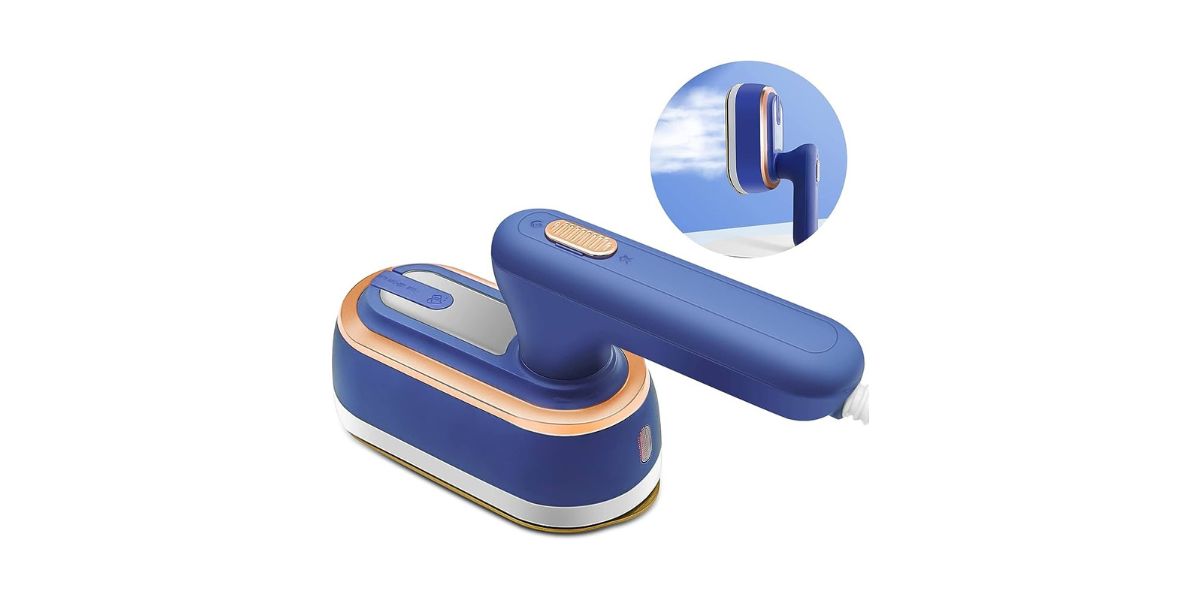
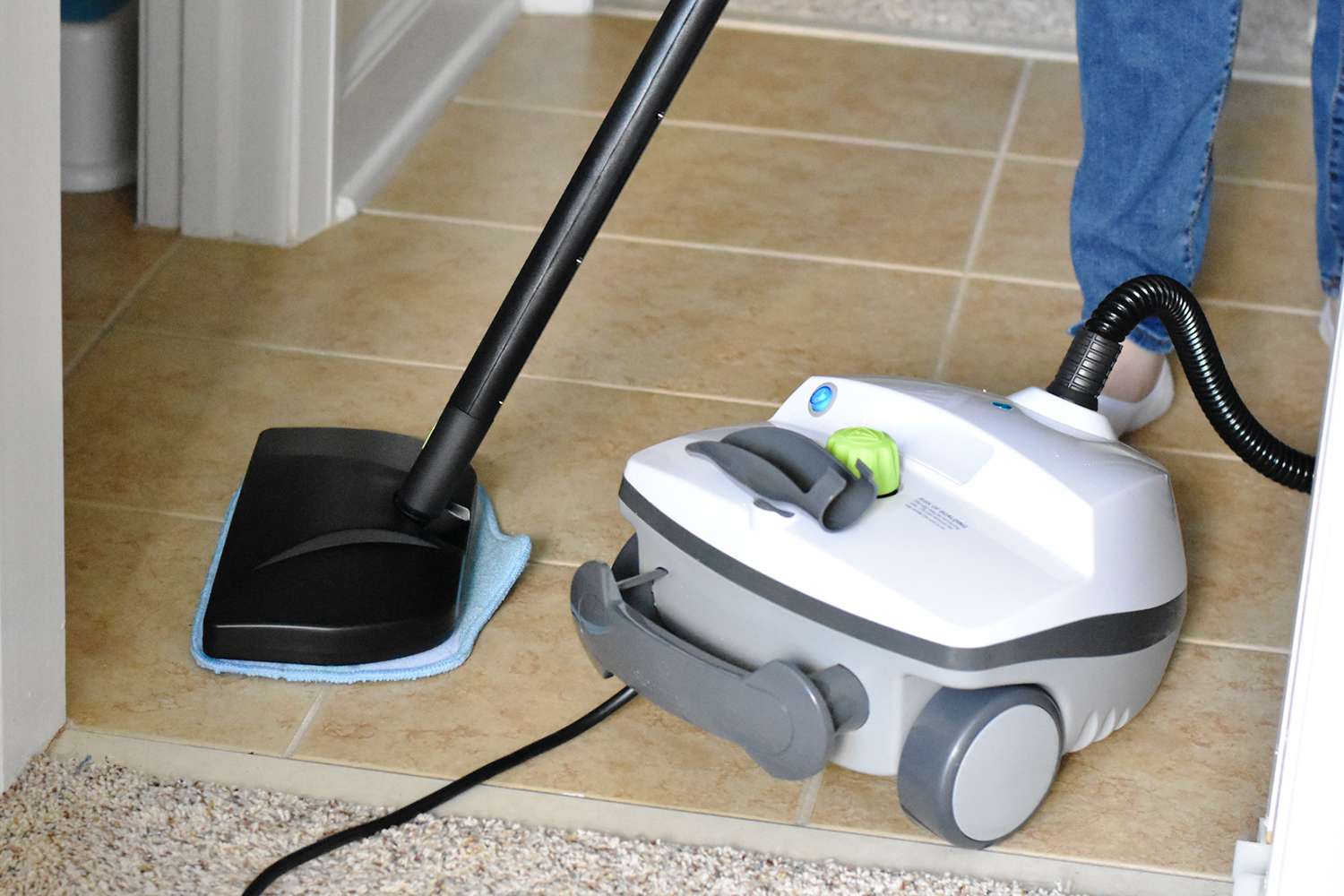
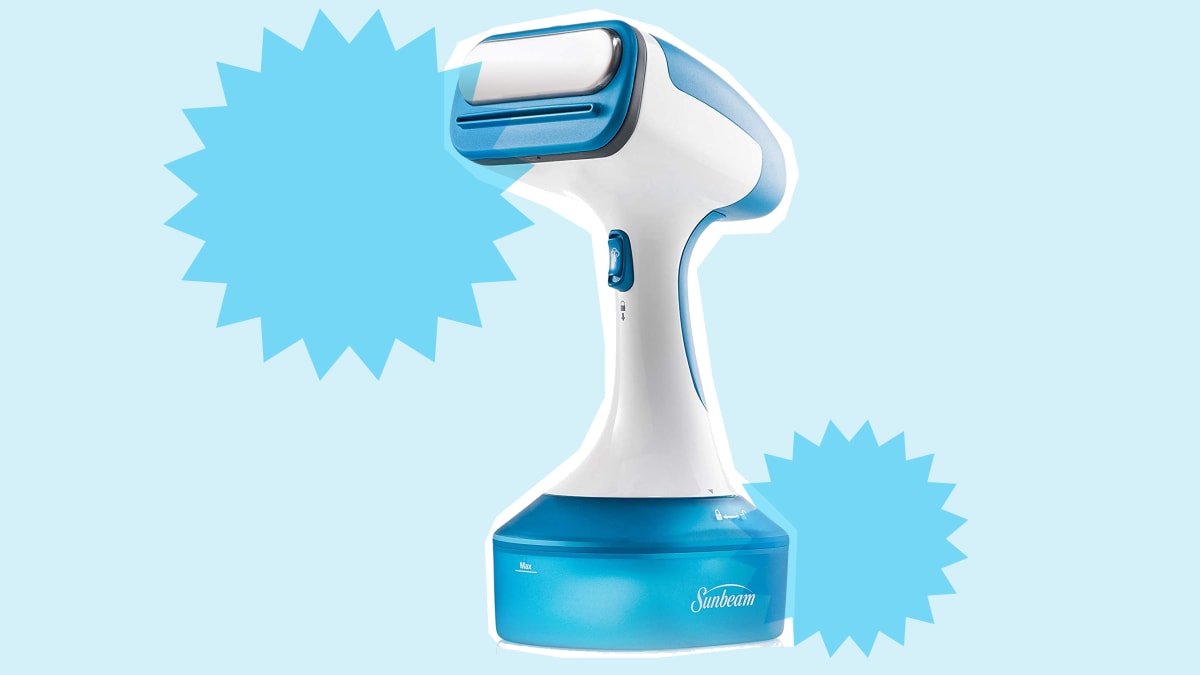

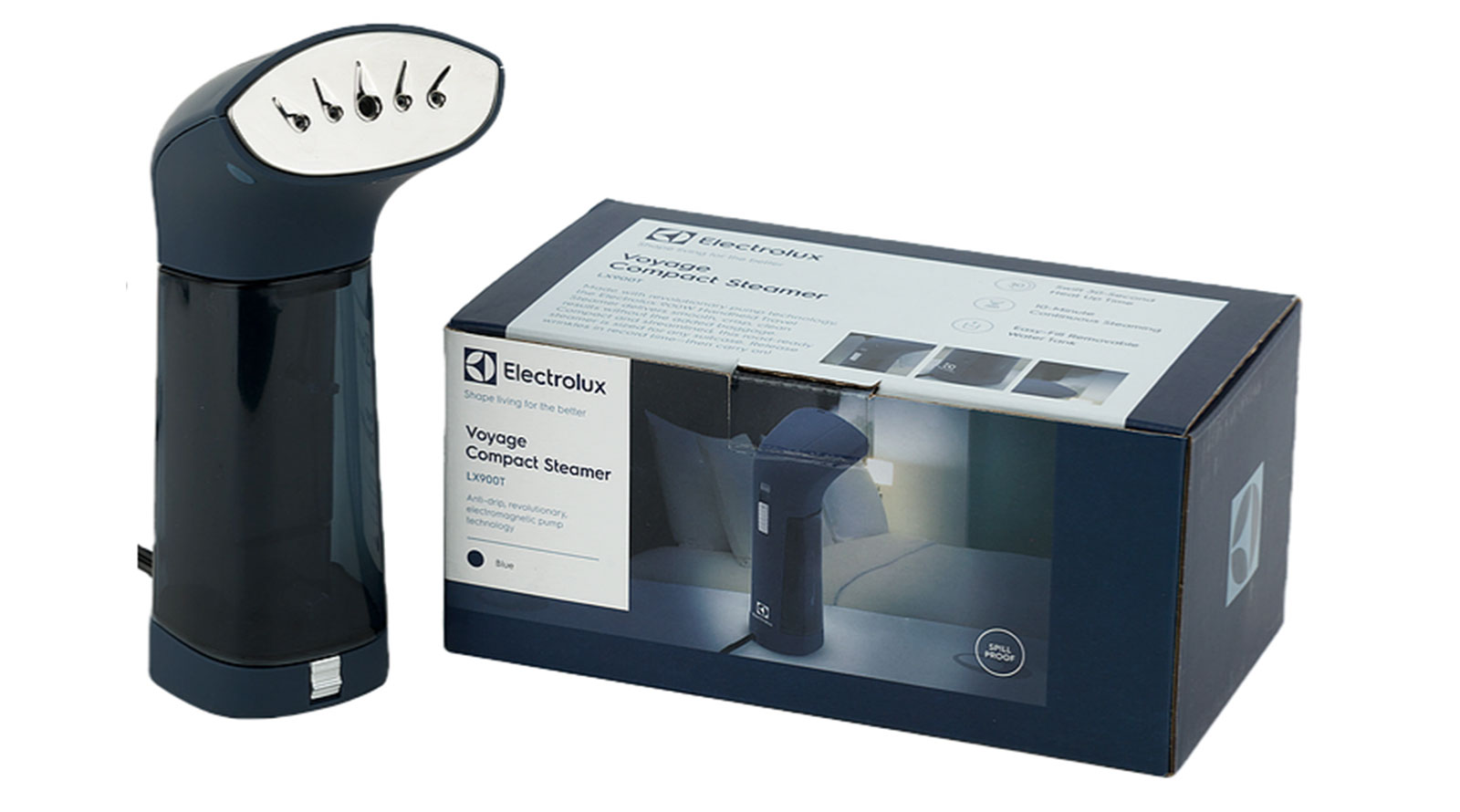
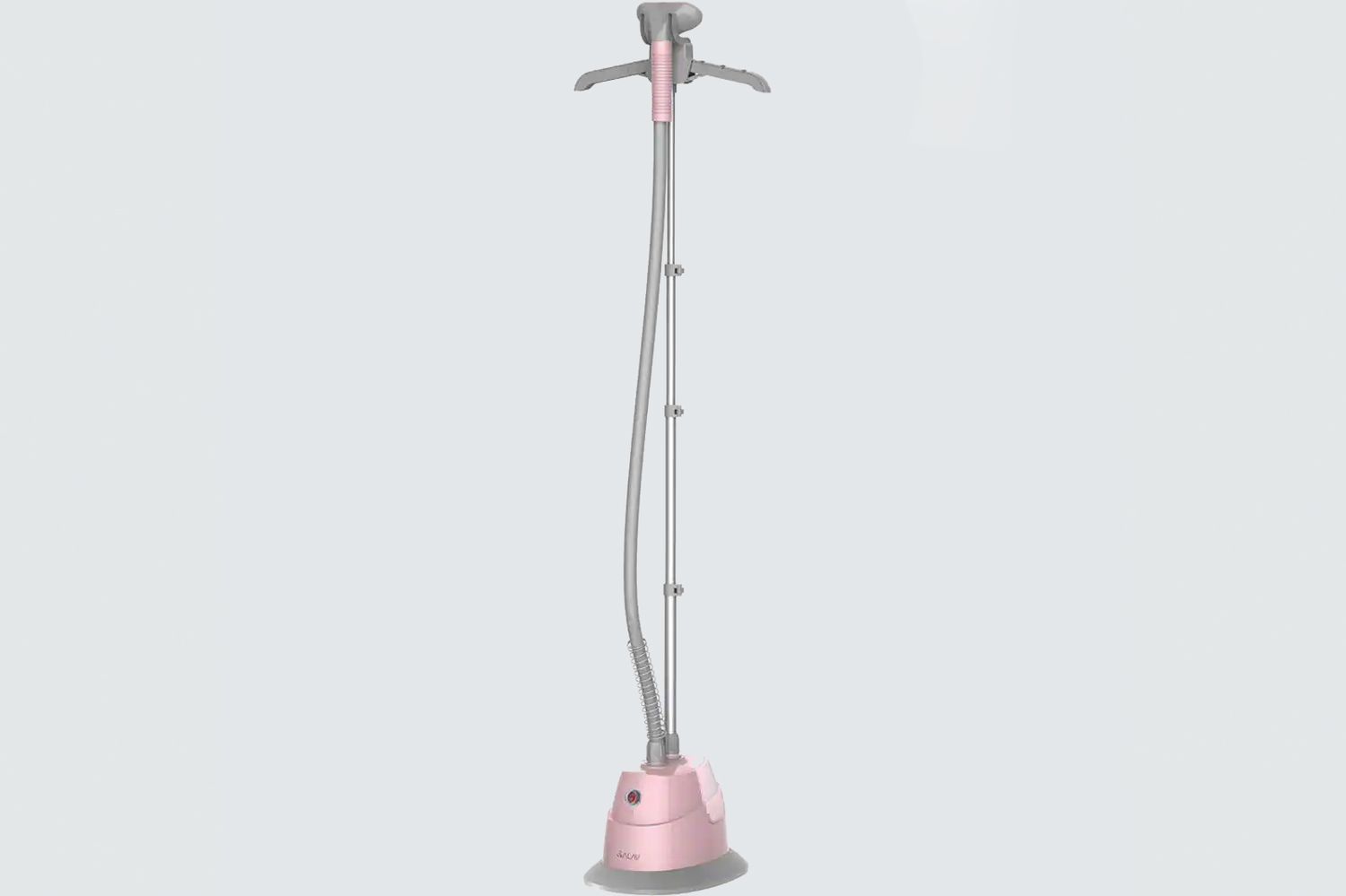
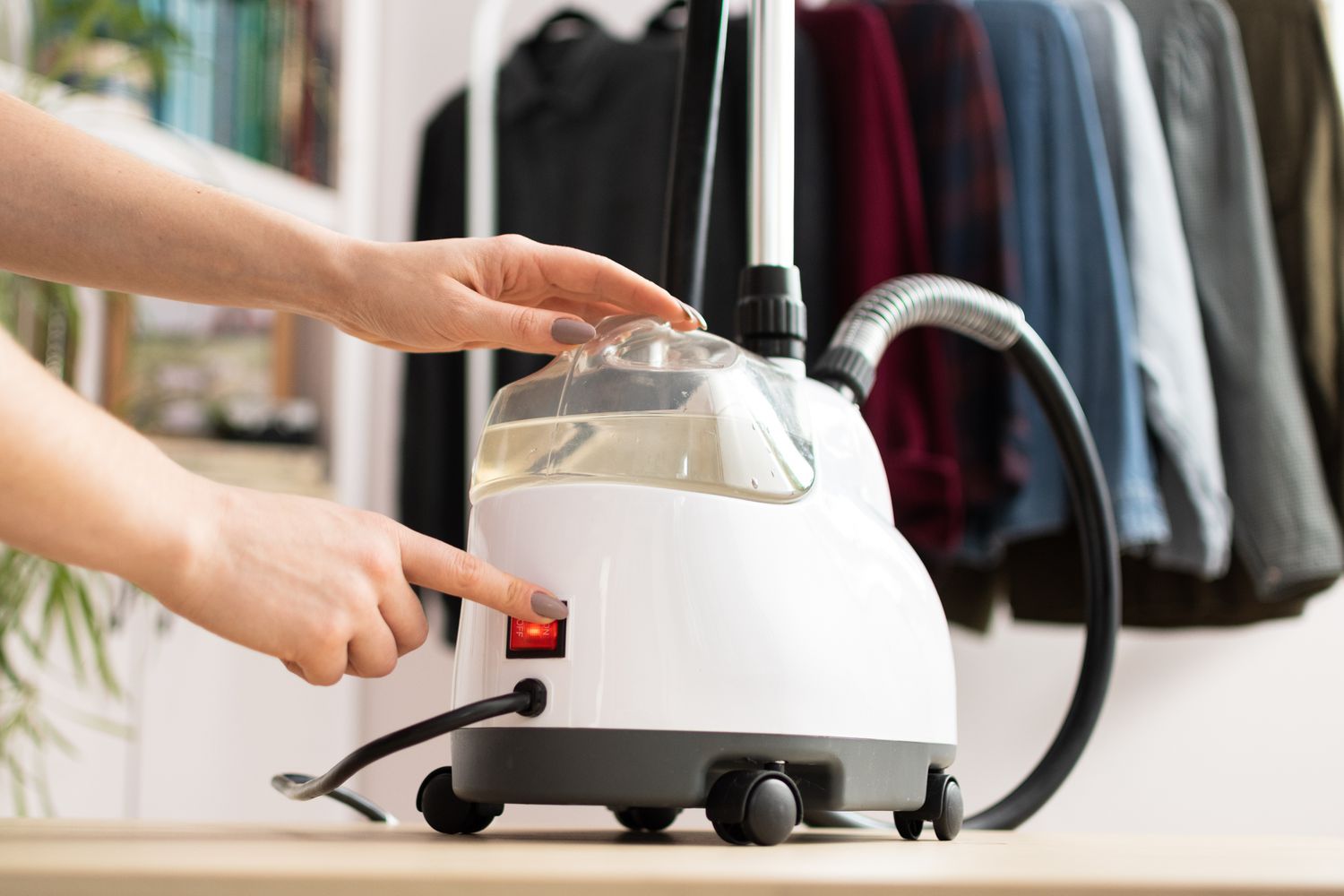
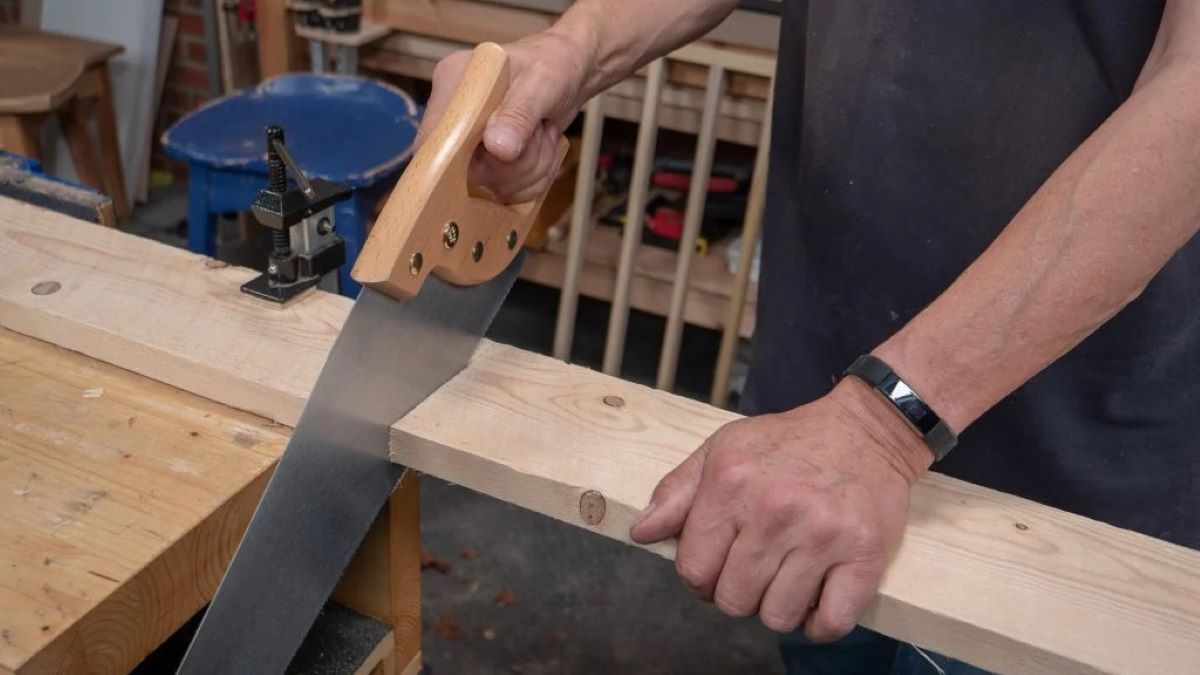
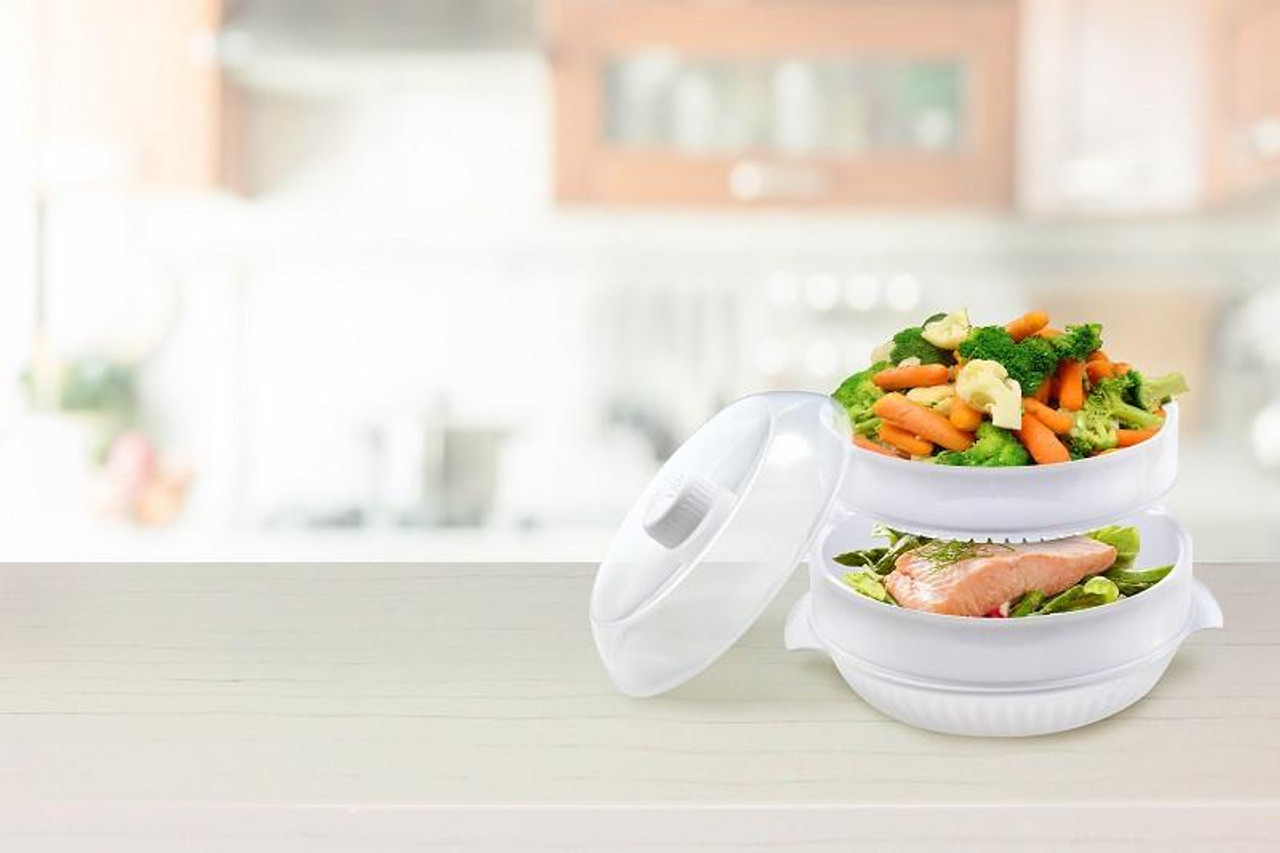
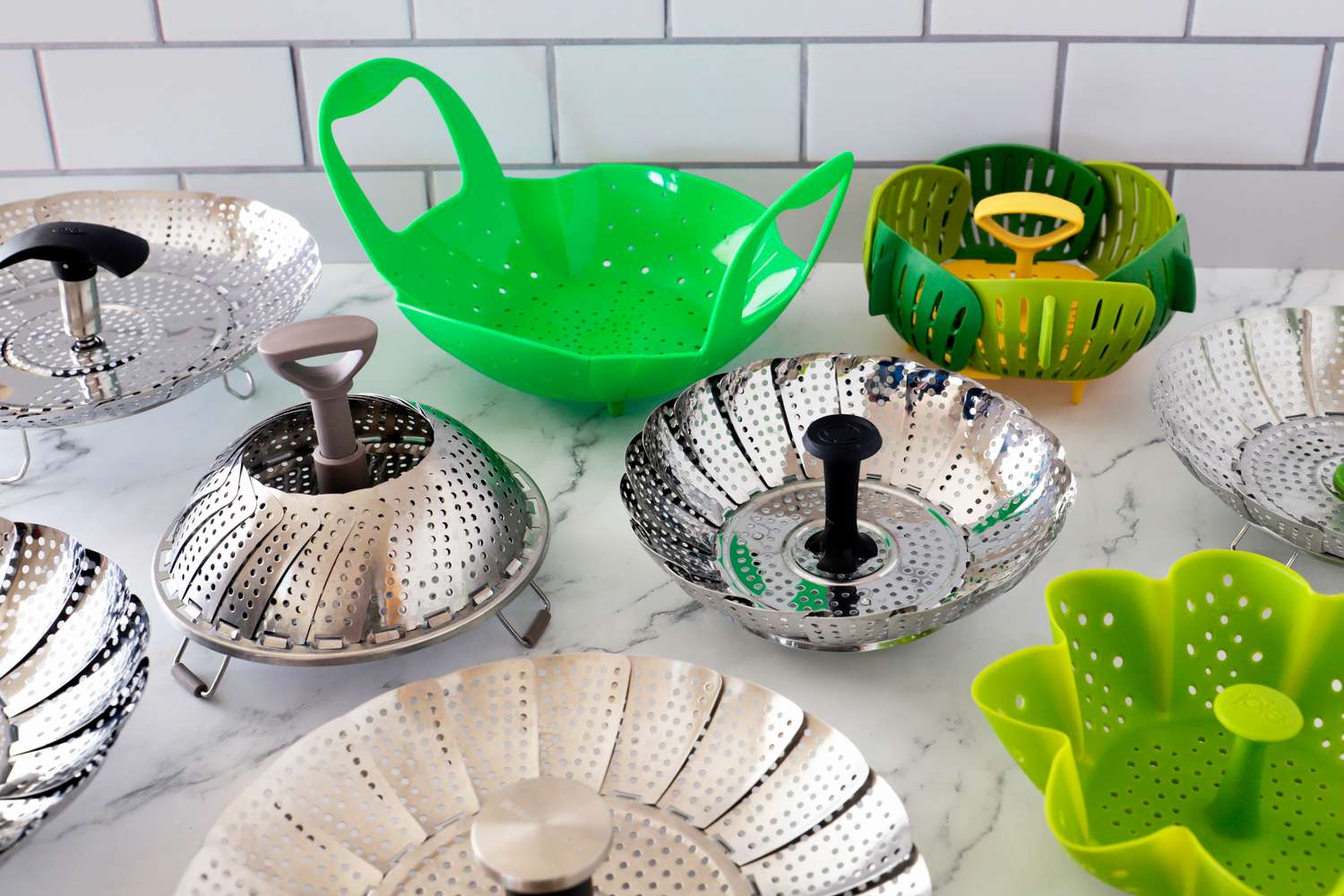
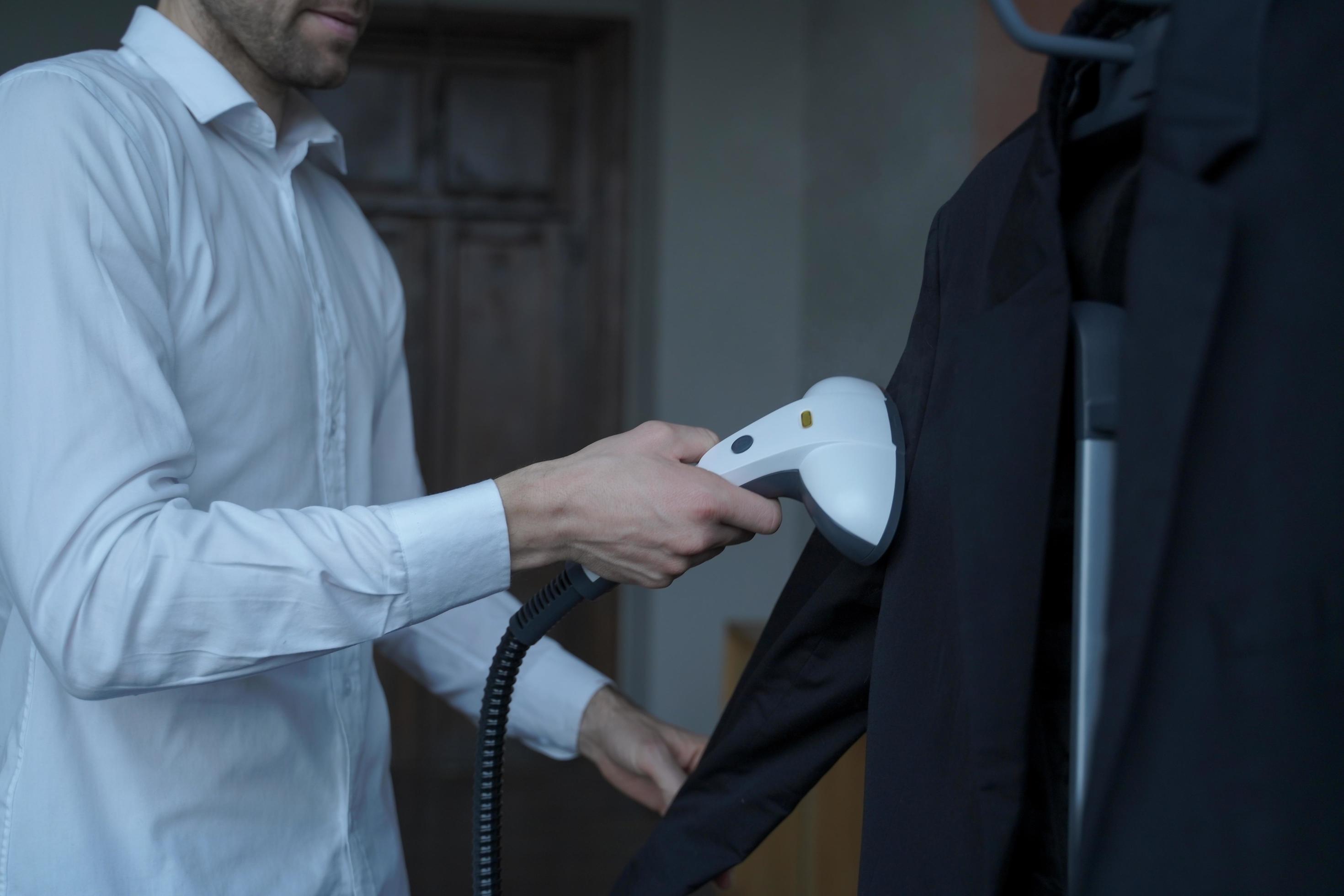
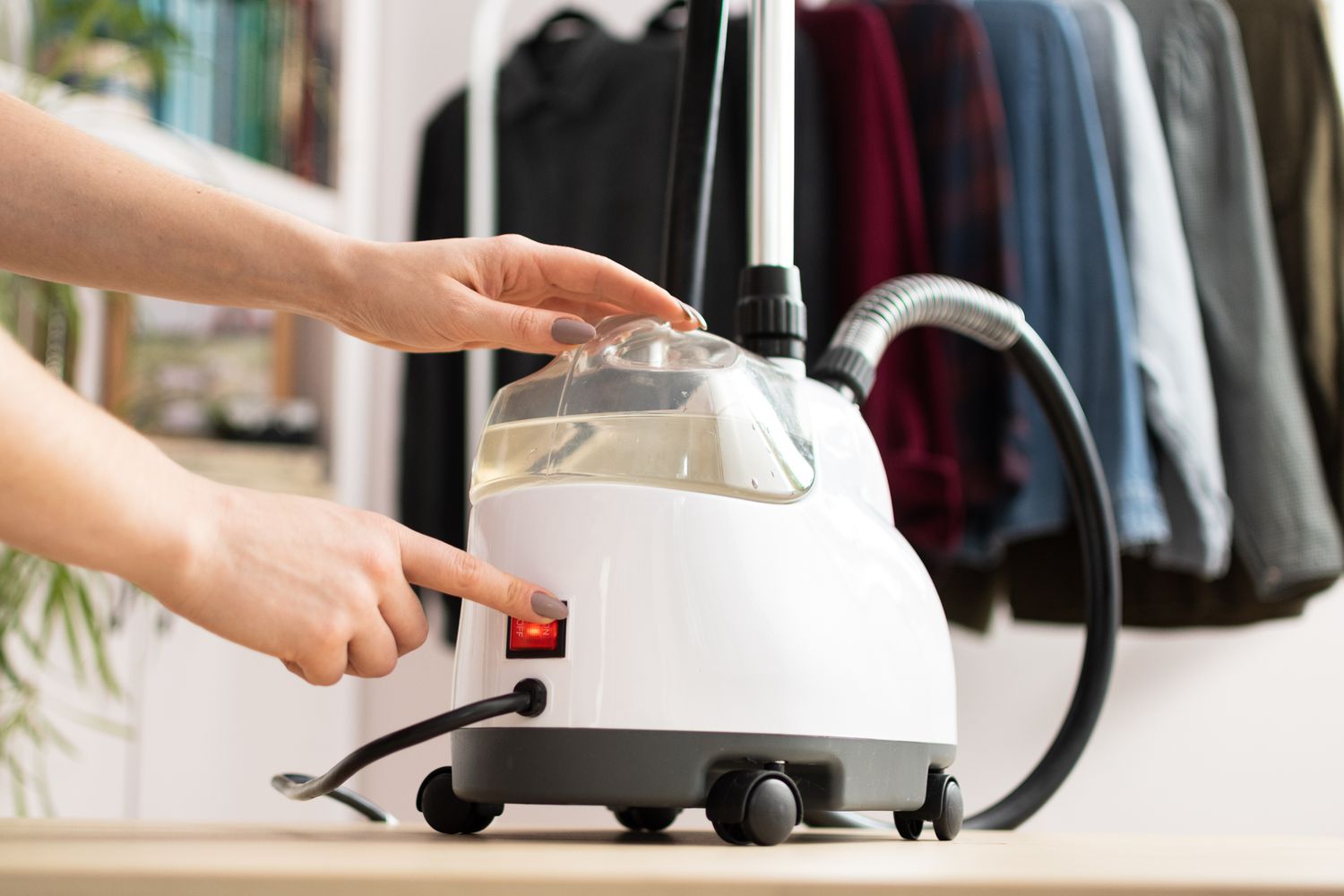
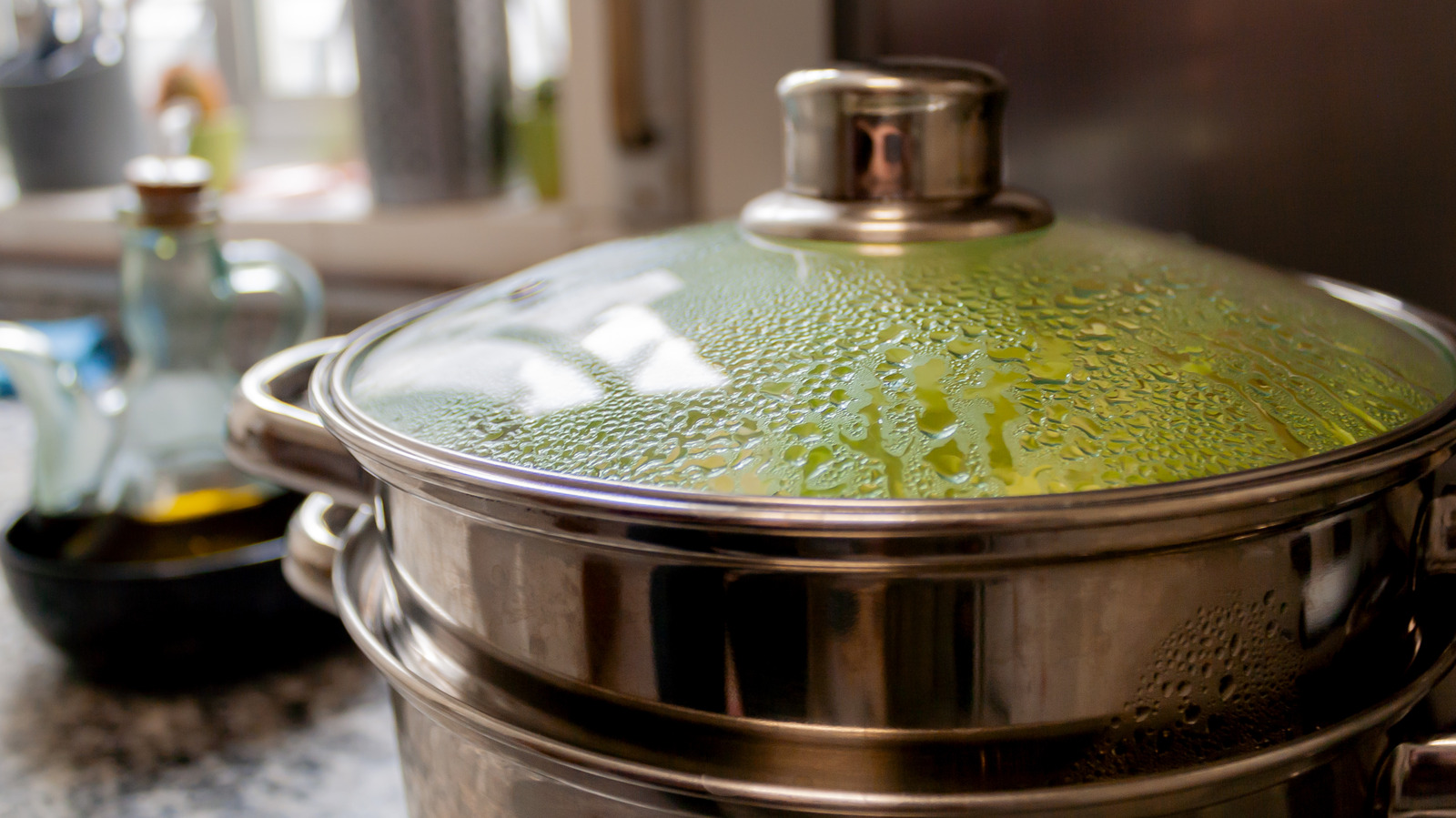

0 thoughts on “How To Use A Hand Steamer”